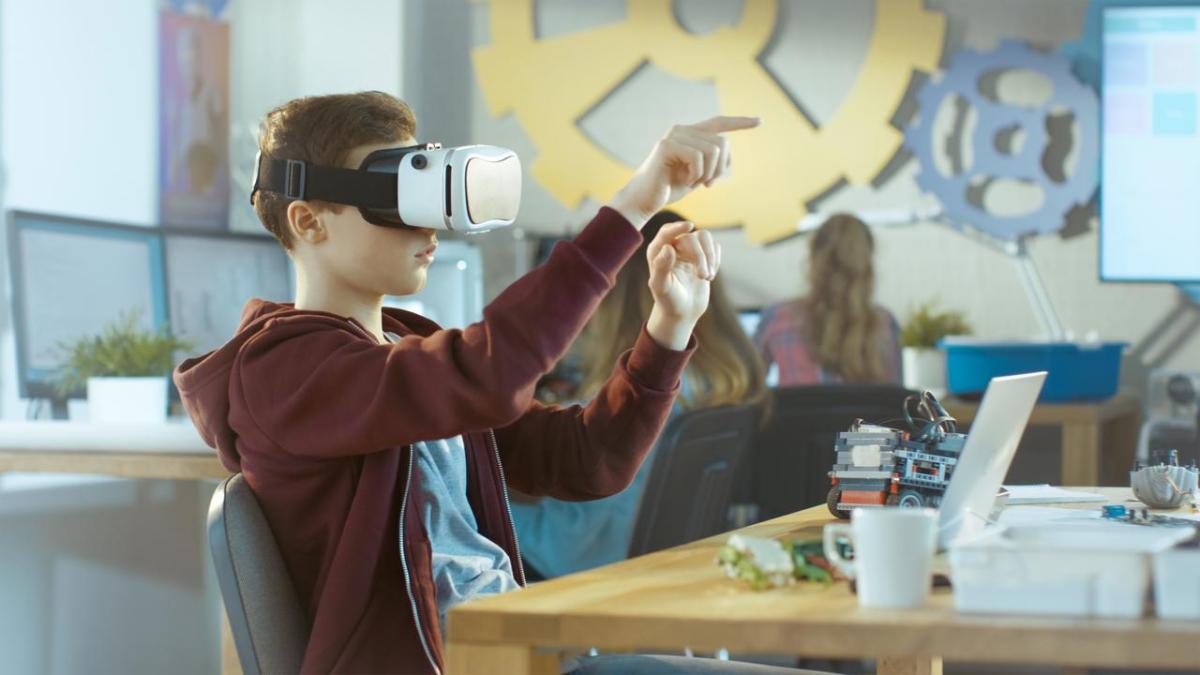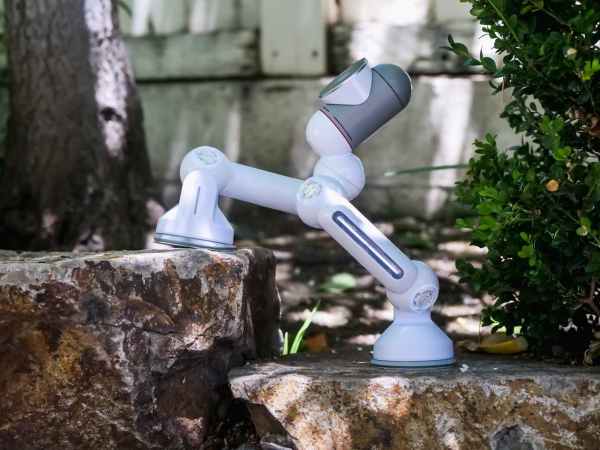Technological advances are changing the way we live and work. And it is only the beginning. We are on an (accelerated) transition path towards an even more technified future. Are the next generations prepared for this new environment? The traditional education system is incorporating new teaching methods such as educational robotics into the curriculum educational robotics (or pedagogical robotics), which prepares children and teenagers for the scenario of the Industry 4.0. Because computer skills have become essential in the labour market. Because education must evolve in line with technological innovation to meet the demand for IT profiles.
In the history of educational robotics, the creation of the LOGO programming language (in 1967), the first one designed for children (it was about controlling robotic turtles), marked the beginning of the teaching of programming in schools. Since then, robotics and education have gone hand in hand: over the last 25 years, this pedagogical tool has grown steadily, especially after the launch of Mindstorms (in 1998), a platform developed by Lego and the Massachusetts Institute of Technology (MIT) to learn how to build and programme robots.
What is educational robotics?
Educational robotics is a learning tool that enables students to develop scientific and technological skills. This strategy brings together different disciplines and knowledge is transmitted in a cross-disciplinary way, stimulating logical and computational thinking, as well as creativity (especially in terms of problem-solving skills) and other technical (hard skills) and soft skills. This branch of educational technology promotes active learning in STEM subjetcs (Science, Technology, Engineering, Engineering and Mathematics), arousing students’ interest in them.
Classroom robotics activities involve the design, construction (mechanical and electronic) and programming of robots to perform a given task at any stage of schooling. Its dynamic and practical content encourages motivation, participation and learning in a playful way. Under a constructivist approach (a stream of education that promotes designing and making one’s own creations), educational robotics helps teachers to improve students’ learning, participation and academic performance.
Types of educational robotics
In robotics learning, teachers have several options depending on the type of robot used in the classroom.
Physics coding robots: specially designed for young children, as they learn programming without screens, simply by pressing buttons toy-style. Some of the most commonly used in the school environment are the Bee-Bot and the Cubetto cube. These proposals introduce children to basic concepts while having fun.
Programmable starter robots: aimed at children in the first years of primary school, they retain the dynamics of the toy (with an attractive appearance for children), but interact with them by introducing the software through an application (with a game interface), with which they control the robot from a tablet or smartphone (e.g., Botley or Dash).
Computer-programmable robots: for primary and secondary school pupils, they are physically no longer reminiscent of cuddly toys and are programmed via PC or tablet using a programming language (e.g., block-based). They integrate sensors of various types (light, sound, touch…).
Robots by kits: especially for students of educational robotics at secondary school level, assembly becomes an extra challenge to integrate sensors, motors and other hardware components. They combine construction with programming through a screen. Students create their prototype and program their own solutions.
Advantages of educational robotics
Combining education and robotics at school gives students an advantage in the labour market, because it provides the necessary skills, especially computational thinking. This problem-solving technique is based on breaking down problems into small fragments and then developing solutions. It is the same dynamic that programmers follow to design computer algorithms and programmes. It consists of four steps:
Decomposition: decompose into manageable problems to solve them one by one.
Abstraction: identify common features and patterns and eliminate the unnecessary.
Algorithmic thinking: designs the different steps to carry out a task.
Debugging and evaluation: testing a possible solution until it is perfected and ensures that it is the best solution for the problem.
Along the same lines, this process of educational robotics encourages problem-solving in a playful environment: children must think to define the problem and solve it, and thus develop critical thinking to apply it not only to the computer environment and STEM subjects, but also to others (humanities, social, artistic…).
At the same time, the mechanics of questioning, reasoning, reflecting, and imagining drive creativity, another key skill for the 21st century. The dynamics of the game creates social connections and this encourages communication and teamwork. Stimulating and training the mind to face challenges also boosts self-confidence and leadership skills.
In terms of teaching, educational robotics enhances the professional development of teachers. But as this technological method of teaching becomes more popular, there is a growing need to train teachers to teach this multidisciplinary subject that powers the progress of society.







